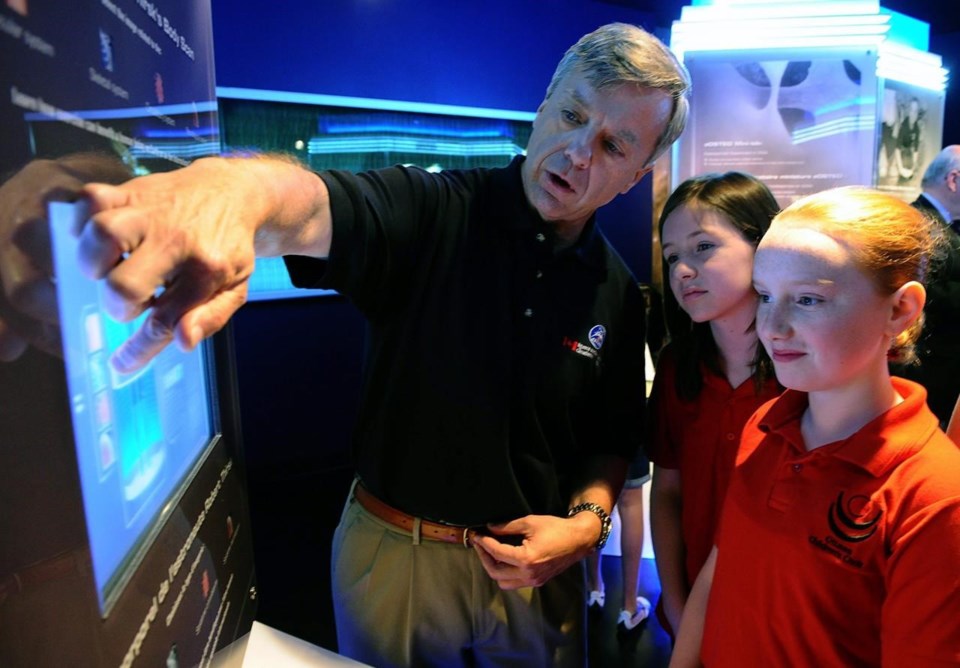CALGARY — The experience may be out-of-this-world but research indicates those who travel to outer space suffer from increased bone loss.
A study released Thursday from the Cumming School of Medicine at the University of Calgary followed 17 astronauts before and after their spaceflights.
The TBone study, conducted over a seven-year period starting in 2015, found that prolonged weightlessness accelerated bone loss in the astronauts.
"You see on average they lose about two decades of bone. We found that weight-bearing bones only partially recovered in most astronauts one year after spaceflight," said Dr. Leigh Gabel, an assistant professor in the faculty of kinesiology and lead author of the study.
"After a year of recovery, they tend to regain about half of that. This suggests the permanent bone loss due to spaceflight is about the same as a decade worth of age-related bone loss on Earth."
The researchers travelled to Johnson Space Center in Houston to scan the wrists and ankles of the astronauts before they left for space, on their return to Earth, after six months and then one year.
The findings, published in Scientific Reports, said the loss happens because bones that would normally be weight-bearing on Earth, such as the legs, don't have to carry weight in a zero-gravity setting.
"We've seen astronauts who had trouble walking due to weakness and lack of balance after returning from spaceflight to others who cheerfully rode their bike on Johnson Space Center campus to meet us for a study visit," said Dr. Steven Boyd, director of the McCaig Institute for Bone and Joint Health and professor in the Cumming School of Medicine.
"There is quite a variety of response among astronauts when they return to Earth."
Boyd said new scanning technology has made a world of difference.
"We're using new technology that can measure the fine details of the bone that are even finer than a human hair in terms of resolution. We can see detail there that wasn't possible to see before in these astronauts."
The study found some astronauts who flew on shorter missions — under six months — recovered more bone strength and density in the lower body compared to those who flew for longer durations.
The study's next iteration plans to look at the effects of even longer trips to support astronauts who may one day travel beyond the International Space Station.
"NASA's really interested in understanding if longer-term spaceflight could lead to even further bone loss, which would not be very good for the astronaut," said Boyd.
"The next phase is to do a study that would incorporate crew members who spend a year on the International Space Station, which will give us some more insight on whether you lose even more bone after that one year period."
The University of Calgary's former chancellor and astronaut, Robert Thirsk, said he knows how difficult it can be to be back on solid ground.
"Just as the body must adapt to spaceflight at the start of a mission, it must also readapt back to Earth's gravity field at the end," he said.
"Fatigue, light-headedness and imbalance were immediate challenges for me on my return. Bones and muscles take the longest to recover following spaceflight. But within a day of landing, I felt comfortable again as an Earthling."
The study was funded by the Canadian Space Agency in partnership with the European Space Agency, NASA and astronauts from North America, Europe, and Asia.
This report by The Canadian Press was first published June 30, 2022.
Bill Graveland, The Canadian Press



